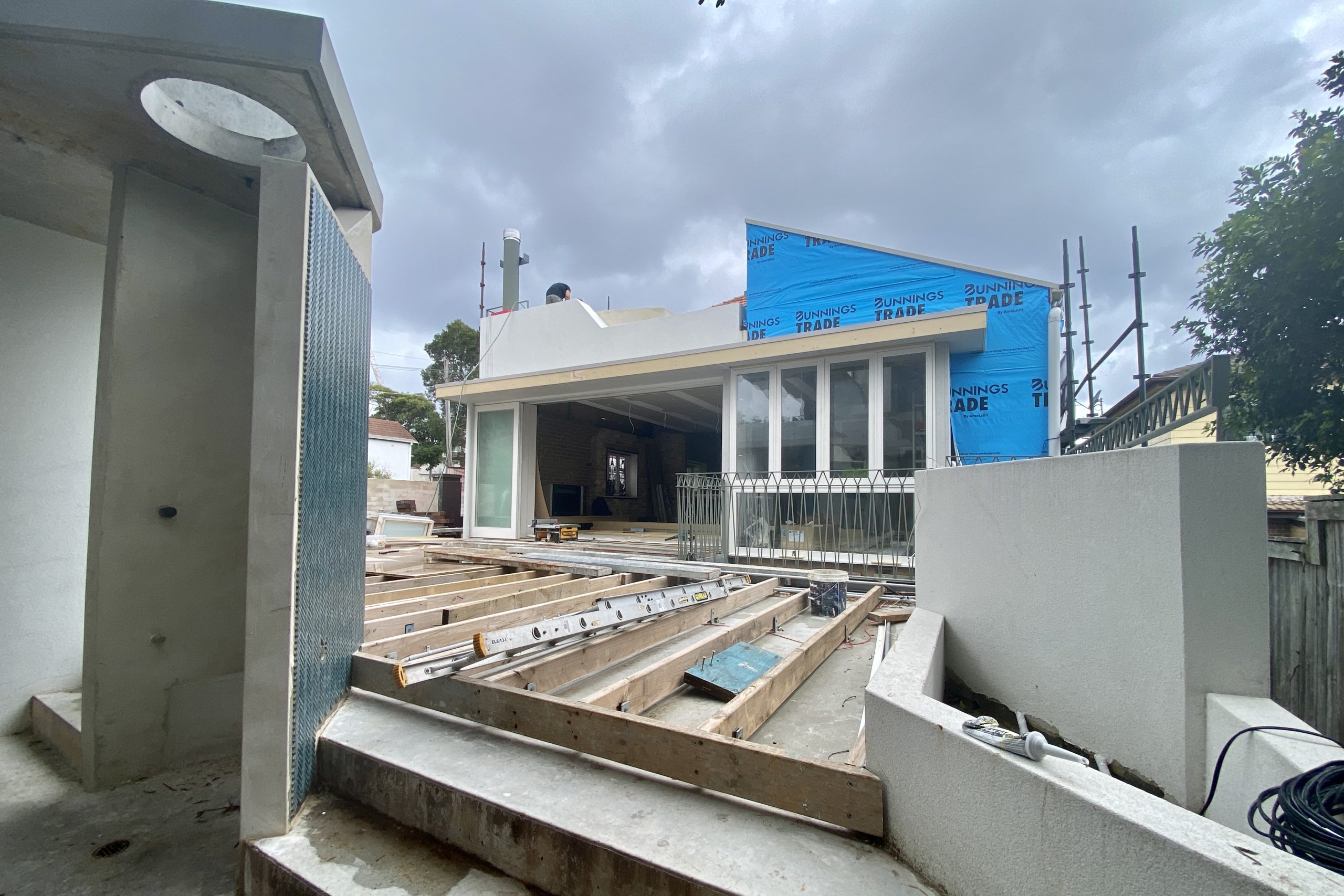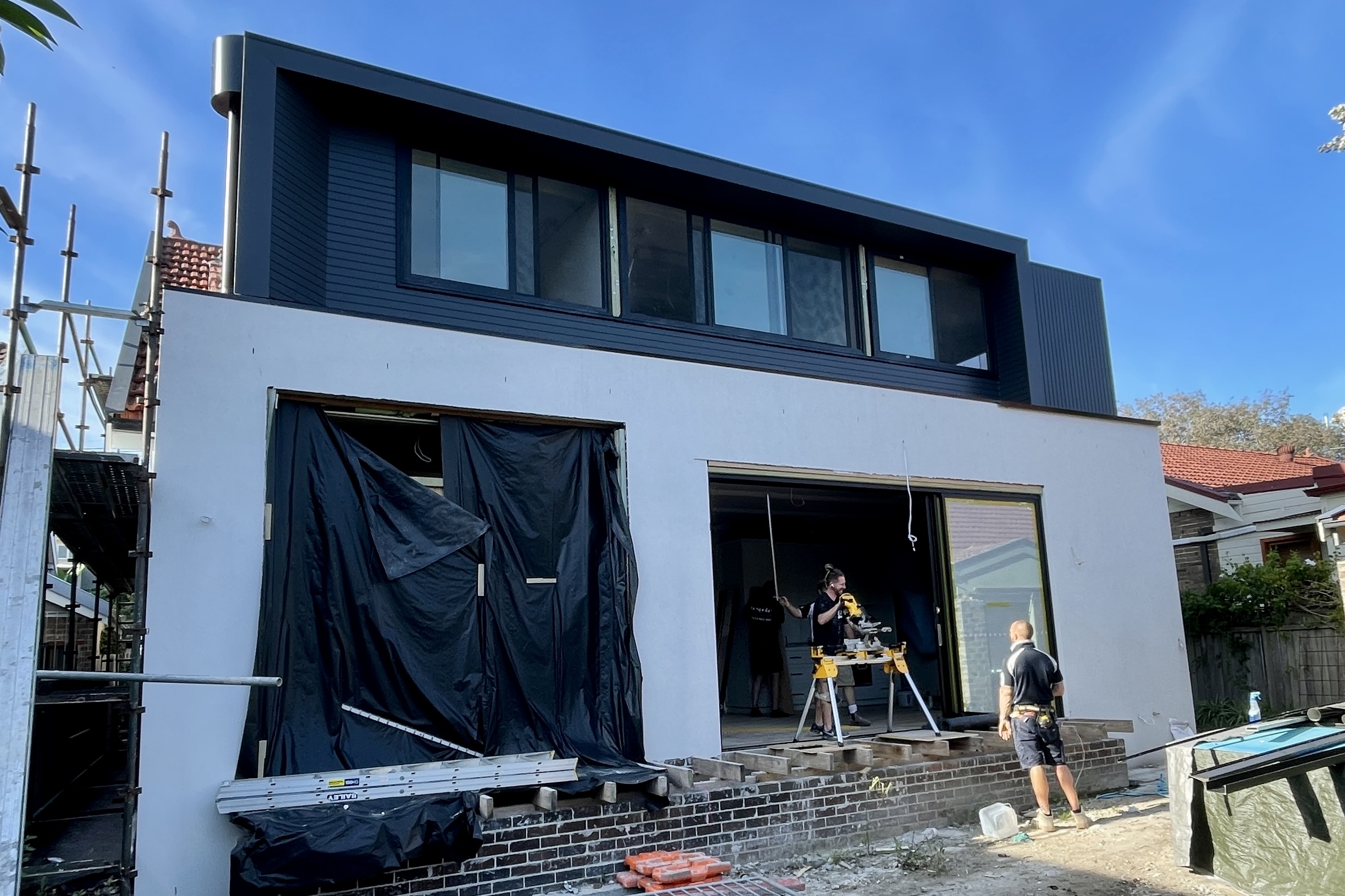CDC vs. DA: Which One Do You Need?
17 May, 2023 | Mikala Chapman

Overview of Complying Development certificate vs a Development Application
What is a complying development certificate?
In New South Wales (NSW), a CDC refers to a Complying Development Certificate.
A Complying Development Certificate is a streamlined approval process for certain types of residential construction projects that meet specific development standards set by the State Environmental Planning Policy (SEPP).
You will need to obtain a Complying Development Certificate for a residential construction project in NSW if your project meets the eligibility criteria outlined in the SEPP.
Complying Development is typically applicable to projects such as new homes, renovations, extensions, and certain types of demolitions.
Here are some general eligibility criteria to get a CDC in NSW;
1. Property zoning: Your property must be located in an area that is zoned for complying development. Different zones may have specific requirements and limitations, so it’s essential to check with your local council or a private certifier to ensure your property is eligible.
2. Development type: The proposed development must fall within the categories specified by the SEPP for Complying Development.
These categories typically include new homes, renovations, extensions, garages, sheds, swimming pools, and some demolitions. Each development type has its own set of requirements and limitations.
3. Development standards: Your project must comply with the development standards outlined in the SEPP and any relevant local environmental plans. These standards cover aspects such as setbacks, height limits, floor area ratios, building design, and environmental considerations.
4. Site-specific requirements: Certain site-specific conditions may apply, depending on the location and characteristics of your property. These conditions can include bushfire risk, flood-prone areas, heritage considerations, and environmental sensitivities. Compliance with these requirements is necessary for obtaining a CDC.
5. Consultation and notification: In some cases, you may need to notify and consult with neighbouring properties and obtain their consent or address any concerns they may have regarding the proposed development.
To obtain a Complying Development Certificate, you will generally need to submit a development application to your local council or a private certifier.
The application will need to include plans, specifications, and other necessary documentation to demonstrate that your project complies with the relevant development standards.
It’s important to note that the specific requirements and processes for obtaining a Complying Development Certificate may vary depending on the local council or private certifier you are dealing with.
It is recommended to consult with your local council or engage a professional such as a building designer, architect, or town planner to guide you through the process and ensure compliance with all applicable regulations.
What is a development application?
A Development Application (DA) is a formal request for approval to undertake a development project. In the context of residential construction, a DA is a formal application that must be submitted to the local council or an accredited certifier for approval before starting any building works.
A DA is required for any residential construction project that does not qualify for a Complying Development Certificate (CDC). A CDC is a streamlined development approval process for certain types of low-impact development, while a DA is a more comprehensive and detailed application that is required for more complex development projects
Examples of residential construction projects in New South Wales that typically require a DA include:
1. Multi-story homes
2. Home extensions that involve significant changes to the existing structure
3. Home renovations or additions that result in a change of use or increase the floor area of the dwelling
4. Development of multiple homes on a single block of land
5. Development in heritage or environmental conservation areas
6. Development that involves demolition of a heritage item
7. Development that requires tree removal
It is important to check with your local council or an accredited certifier to determine if your proposed residential construction project in New South Wales requires a DA.
The local council or certifier will be able to provide guidance on the requirements for your specific project.
In New South Wales, the DA process involves preparing and submitting a detailed application that includes plans, specifications, and other relevant documentation to the local council or an accredited certifier for review.
The application will be reviewed to ensure that the proposed development complies with relevant planning and building standards, codes, and regulations. If the application is approved, a construction certificate may be issued, which allows construction to proceed.
Latest From the Blog

What details are typically included in a set of residential architectural plans.
7 February, 2024
A typical file set of architectural plans for a residential building includes a variety of documents that provide comprehensive guidance…
Read More...
How to choose an Architect
13 November, 2023
Choosing an architect is a crucial step in the process of designing and building a home. Loving an architect’s work is…
Read More...
How much do home renovations increase home value?
22 August, 2023
The increase in your home value due to renovations can vary widely depending on several factors, including the type of…
Read More...